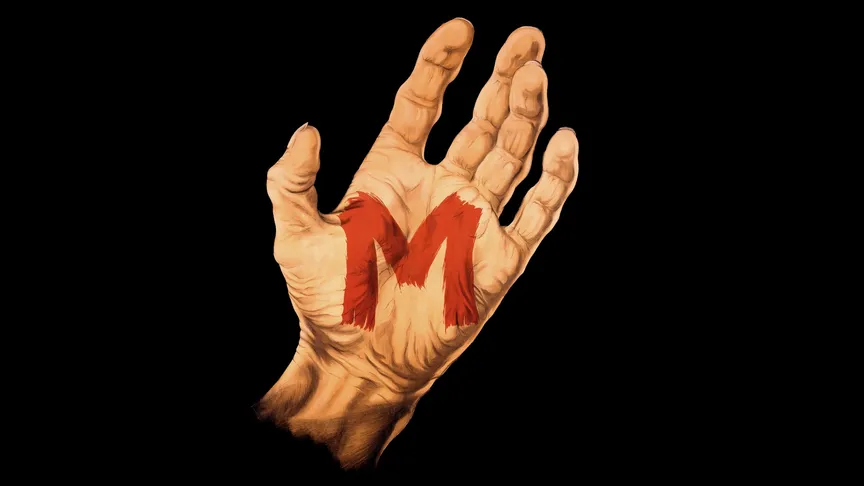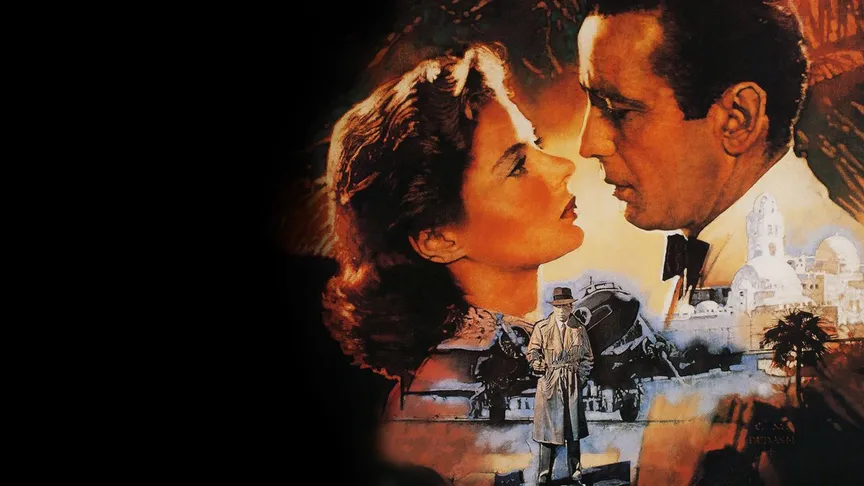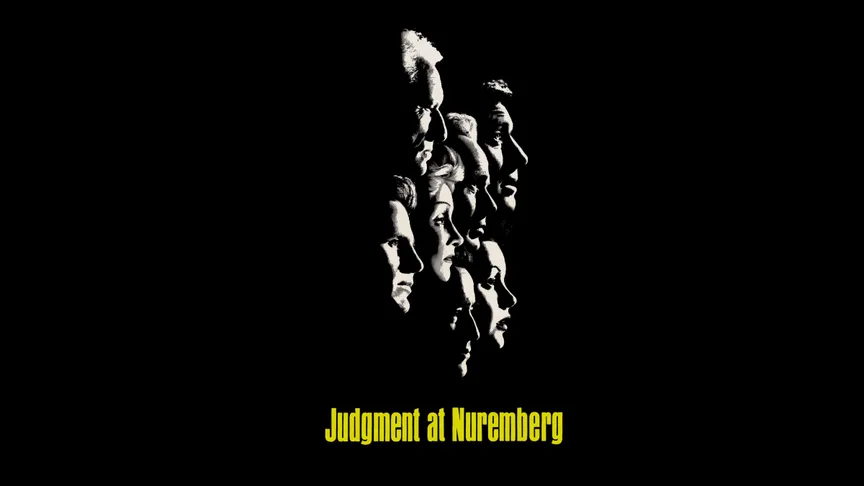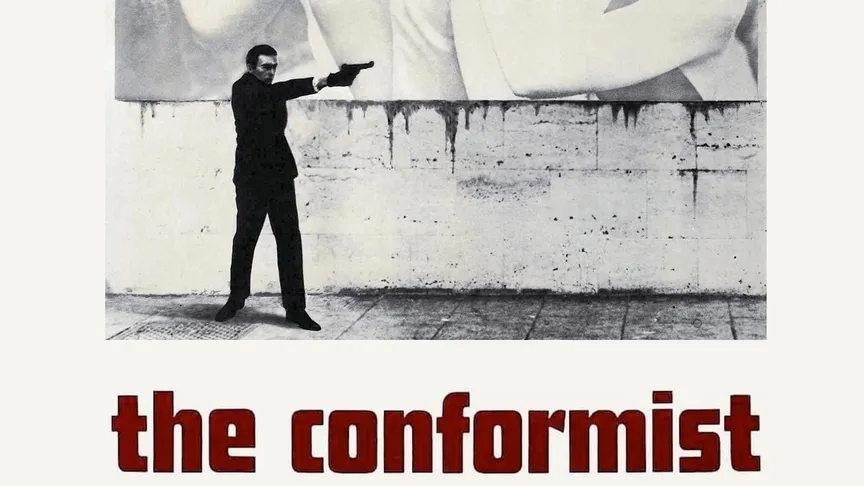Anti-Fascist Films
This collection of posts was created as part of a seminar in Film Studies exploring antifascist cinema and the ways in which film articulates, critiques, and examines fascism—particularly in relation to Nazi Germany. The selected films span a broad historical range, tracing the evolution of antifascist expression in cinema from pre-dictatorship works such as M (Fritz Lang, 1931), through films produced during the rise and dominance of fascism, including Casablanca (Michael Curtiz, 1942) and The Great Dictator (Charlie Chaplin, 1940), and into the post-war period, with later reflections such as Come and See (Elem Klimov, 1985). Across these case studies, the essays investigate how filmmakers have represented, challenged, and interpreted fascist ideology, through narrative structure, visual style, performance, and historical context. Together, they aim to illuminate the complex relationship between cinema, politics, and resistance.

Witnessing the Horrors of War
Come and See (1985)

A country on the Brink
M (1931)

Cinema as Resistance
Casablanca (1942)

Judging Judges
Judgment at Nuremberg (1961)

Rather a Pig than a Fascist
Porco Rosso (1992)

The Comfort of Conformity
Il conformista (1970)